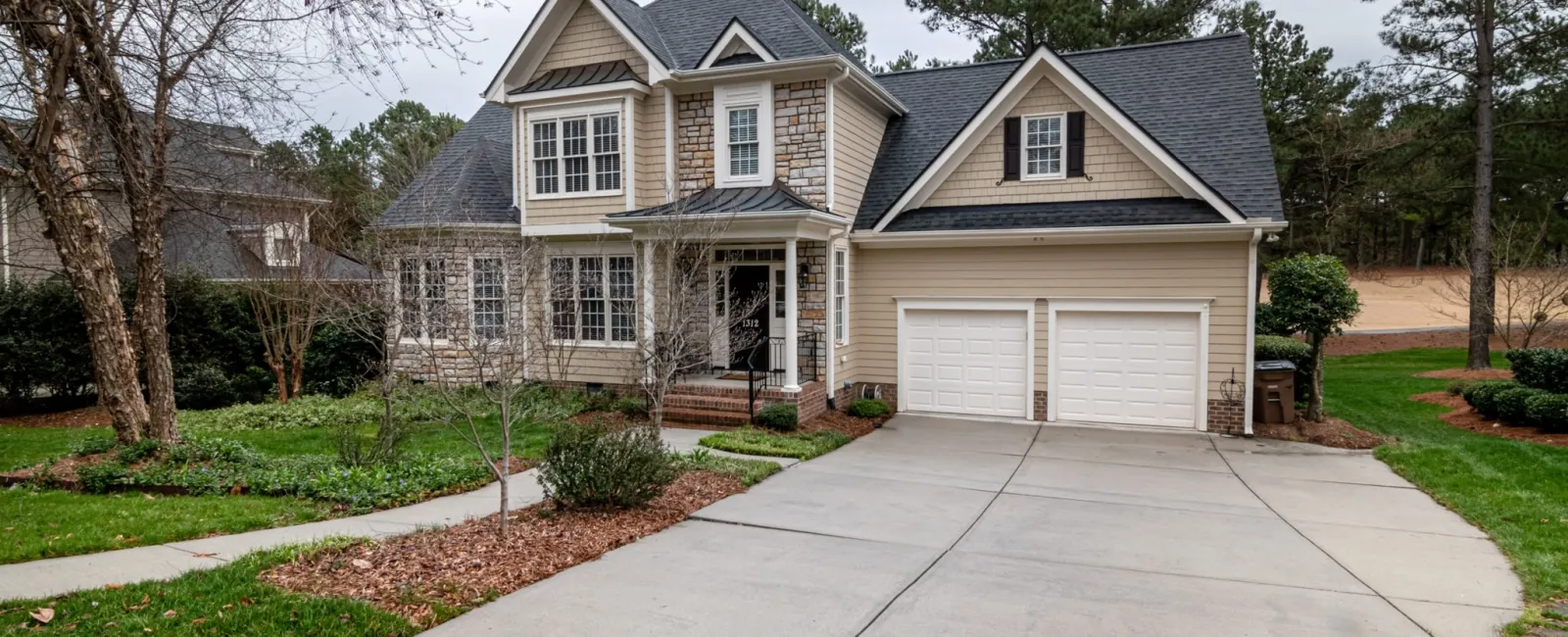Understanding what a roofing square means in measurements is fundamental in roof construction and maintenance. Roofing contractors use this term extensively when measuring roofing materials accurately for quotation purposes. FGA Roofing knows being familiar with what this term entails helps professionals and individuals plan and carry out roof repair or replacement projects efficiently.

Definition of Roofing Square
A roofing square is an industry-specific unit of measurement used in roofing applications. One roofing square equals 100 square feet. Using this measurement is vital when estimating material needs or project costs - for instance.
Understanding Roofing Squares
Roofers rely on understanding and using roofing squares in projects for accurate estimations to their customers, whether that means new installations or roof repair jobs. Contractors use this measurement of space required by each square to calculate how many roofing materials, such as shingles, underlayment, and flashing, must be purchased to complete each task efficiently and cost-effectively. This calculation helps deliver accurate estimates to homeowners.
Material Estimation
A roofing company usually begins their material estimating process by measuring roof area in roofing squares to simplify ordering materials; for instance, roofing shingles typically sell by square, not square foot, so knowing this total number helps in ordering enough shingles for replacements or new installations.
Measurement in Roof Repair
Measurement is used extensively during roof repair to identify the extent and quantity of materials necessary for repair work so roofers can provide precise quotes for their repair services without overcharging customers; additionally, this ensures sufficient materials are on hand to complete each task quickly.
Shingle Replacement with Roofing Squares
Roof squares play an essential part in shingle replacement. Contractors measure the area requiring new shingles by measuring it with roofing squares to order an appropriate number based on budgeting needs and material waste considerations. This saves on cost and ensures minimal material waste during this process.
Benefits for Homeowners
Understanding roofing squares gives homeowners an incredible advantage in managing roof projects. When roofing companies provide estimates, homeowners with this knowledge can rapidly judge whether these figures represent reality or add up quickly. They can assess whether their estimated material requirements correspond with their roof's dimensions to ensure they don't overpay for unnecessary resources. Understanding this aspect also simplifies comparing quotes from multiple contractors, as homeowners can evaluate costs per roofing square rather than looking at overall prices. This comparison becomes particularly essential when undertaking larger projects like extensive roof repair or full shingle replacement, where costs increase.
Knowledge fosters stronger partnerships between homeowners and roofing contractors, creating more productive conversations and satisfying outcomes. When homeowners demonstrate knowledge about key concepts like roofing squares, contractors recognize this engagement. When this mutual understanding leads to transparent conversations where homeowners ask pertinent questions or make informed decisions based on an in-depth knowledge of roofing processes, homeowners feel more in charge and control of their projects!
Calculating Roofing Squares
To calculate roofing squares, divide the total roof area in square feet by 100 and divide by 10. If a complex roof shape exists, break it down into smaller sections that measure square footage individually before being converted back to roofing squares for precision calculations by roofing contractors.
FGA Roofing
Roof squares are essential in the roofing industry, playing an essential role in material estimation, cost calculation, and roof repair/replacement decisions. FGA Roofing and homeowners benefit from understanding this measurement unit: it simplifies communication, ensures accuracy in material ordering, and helps make informed decisions during roofing projects.
